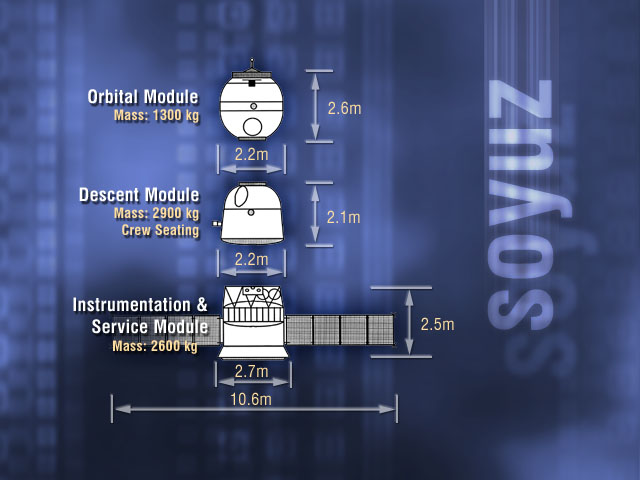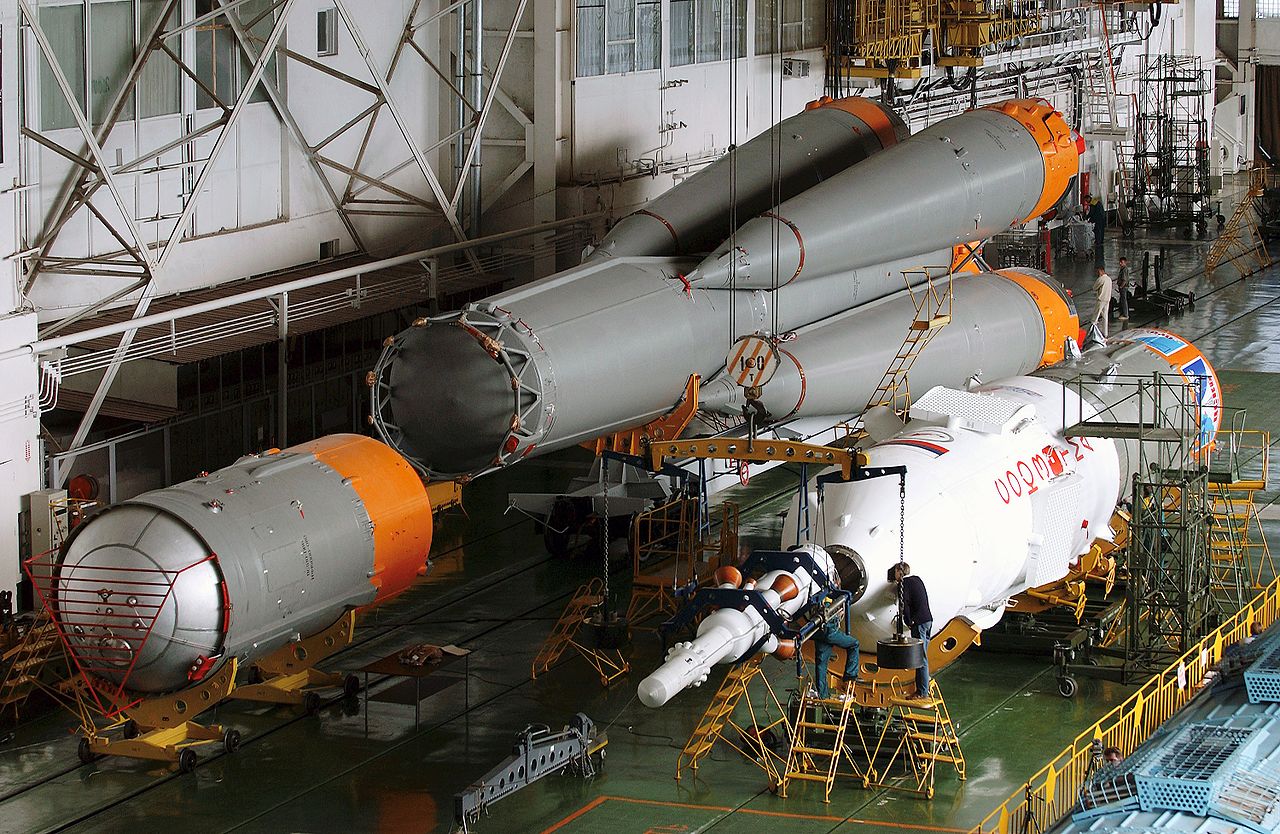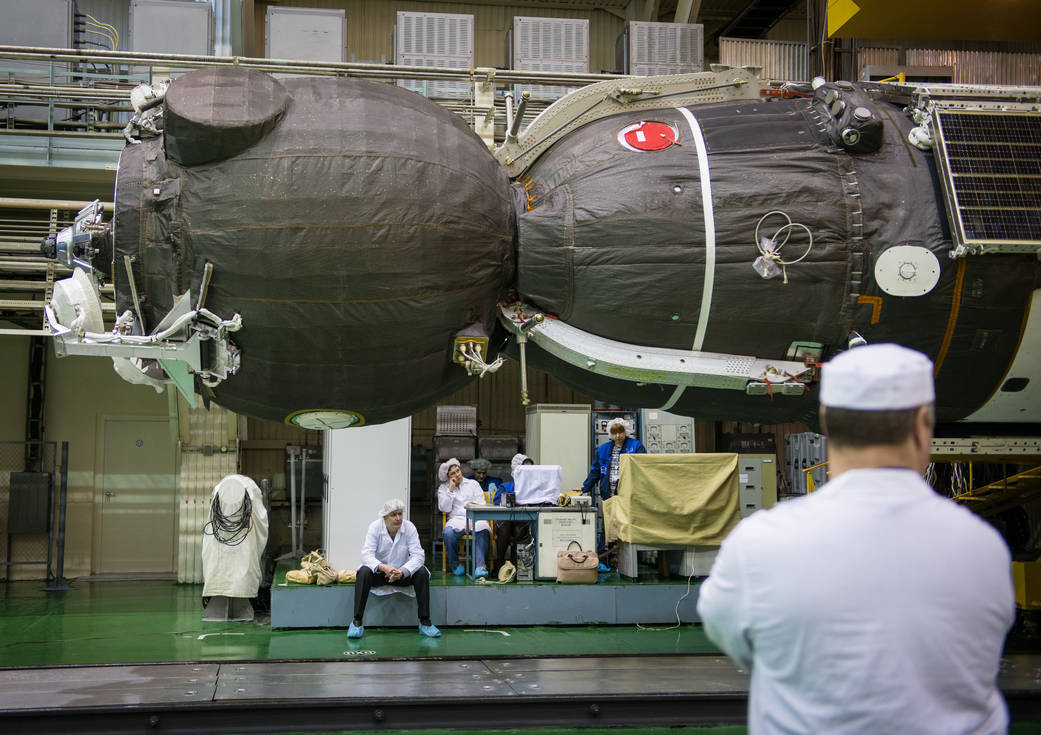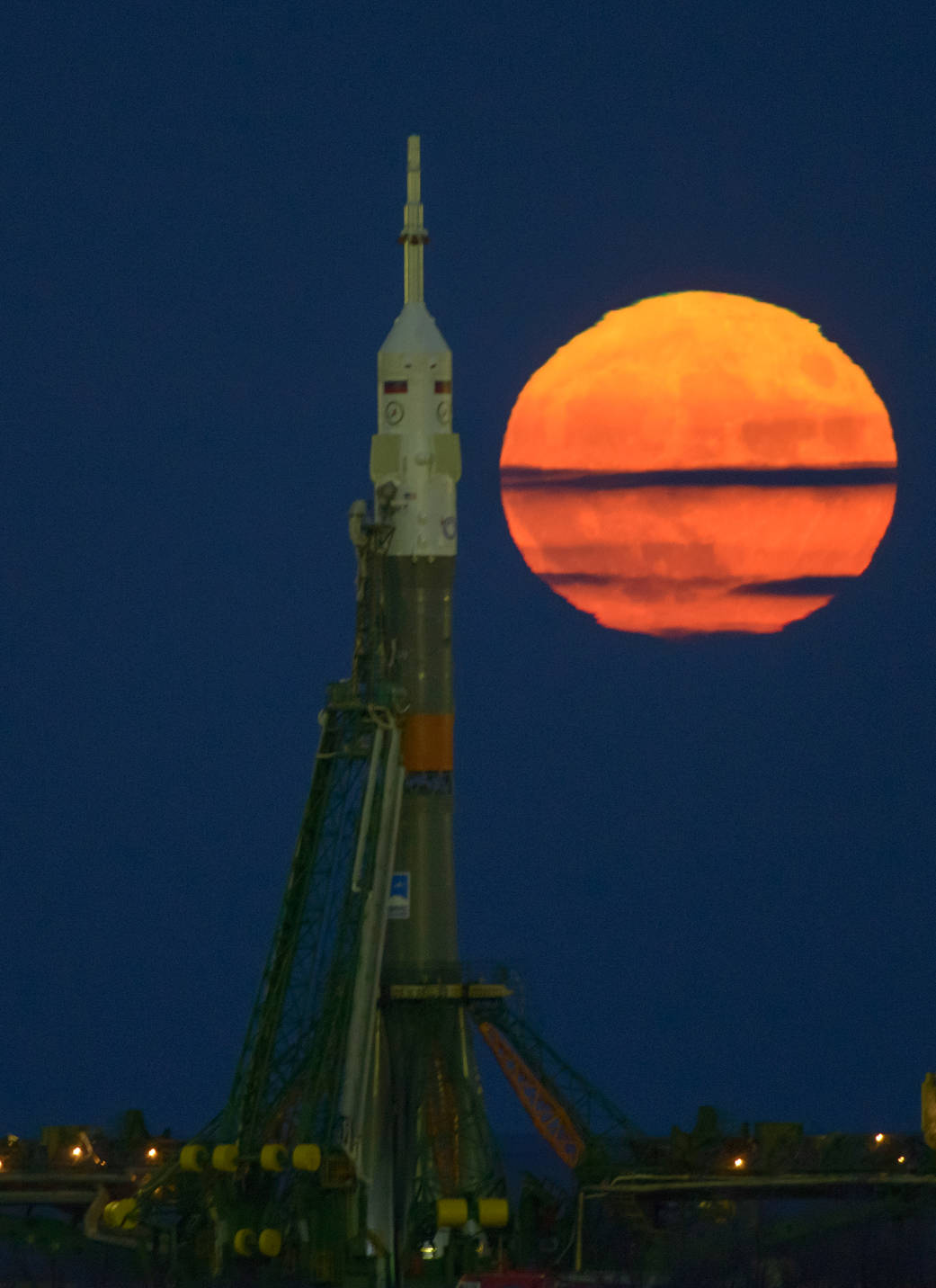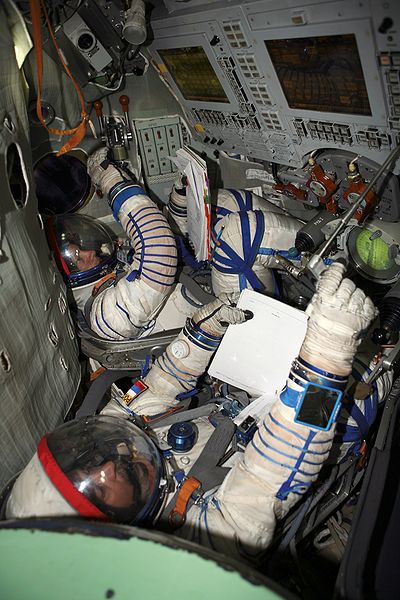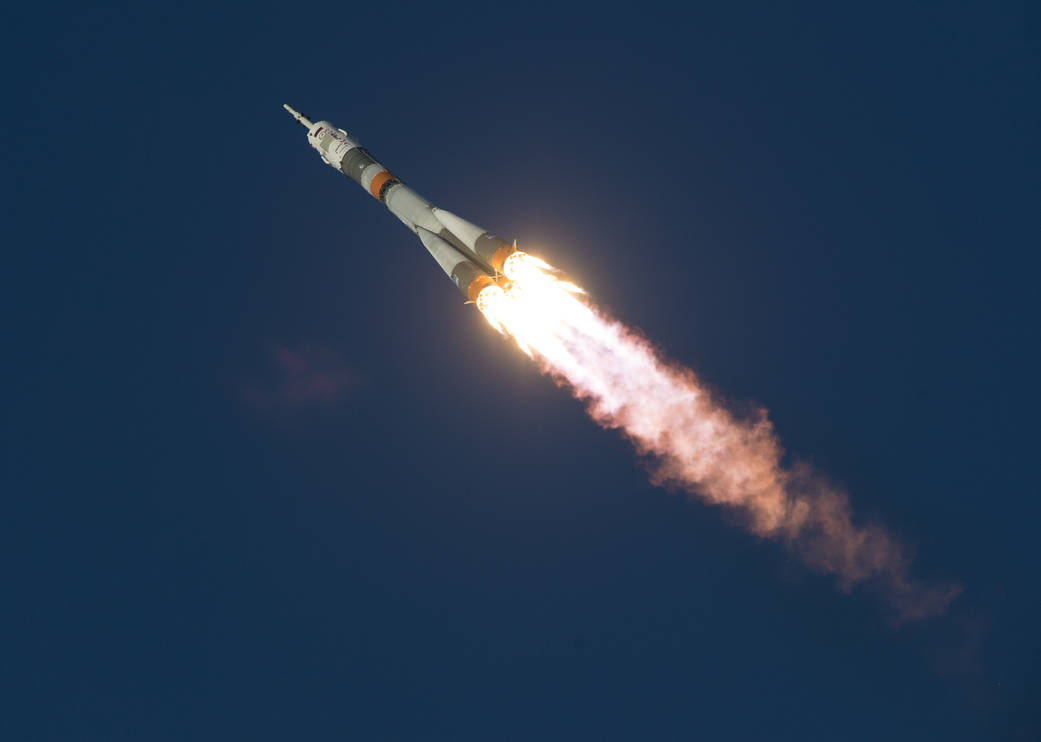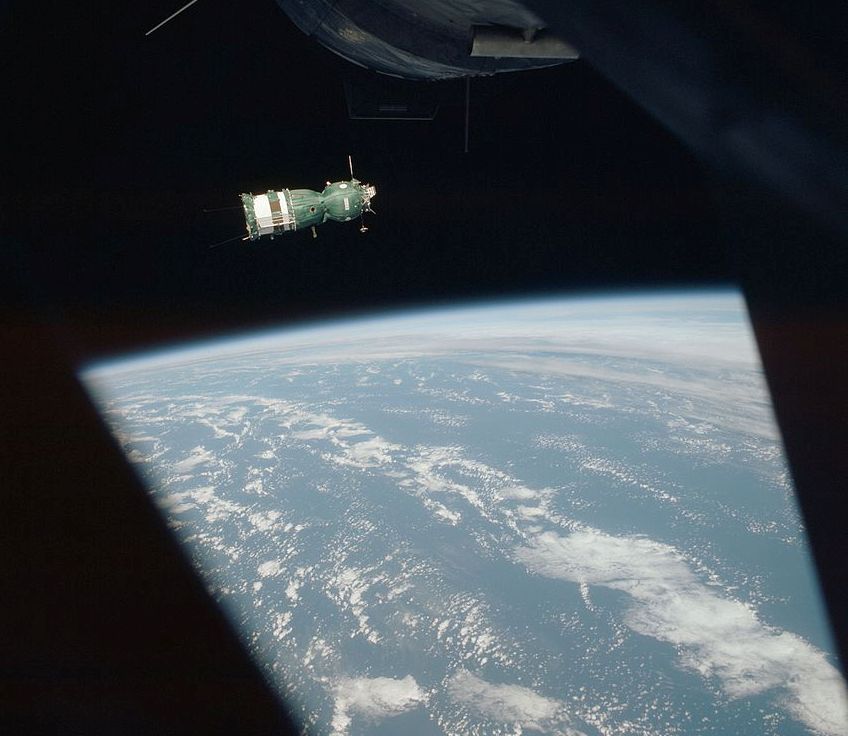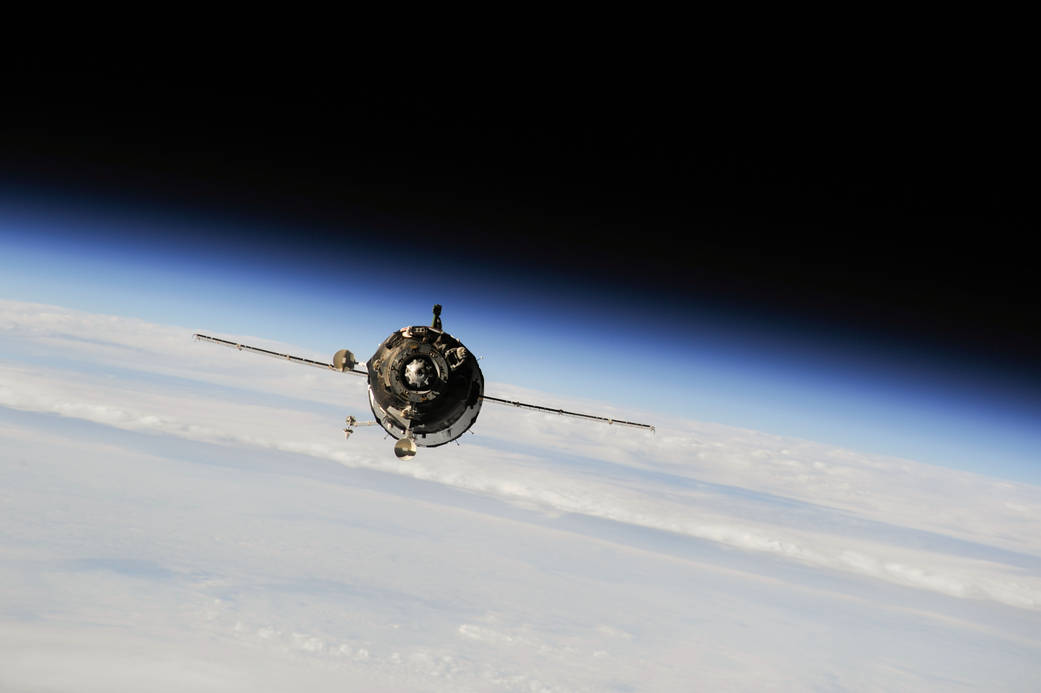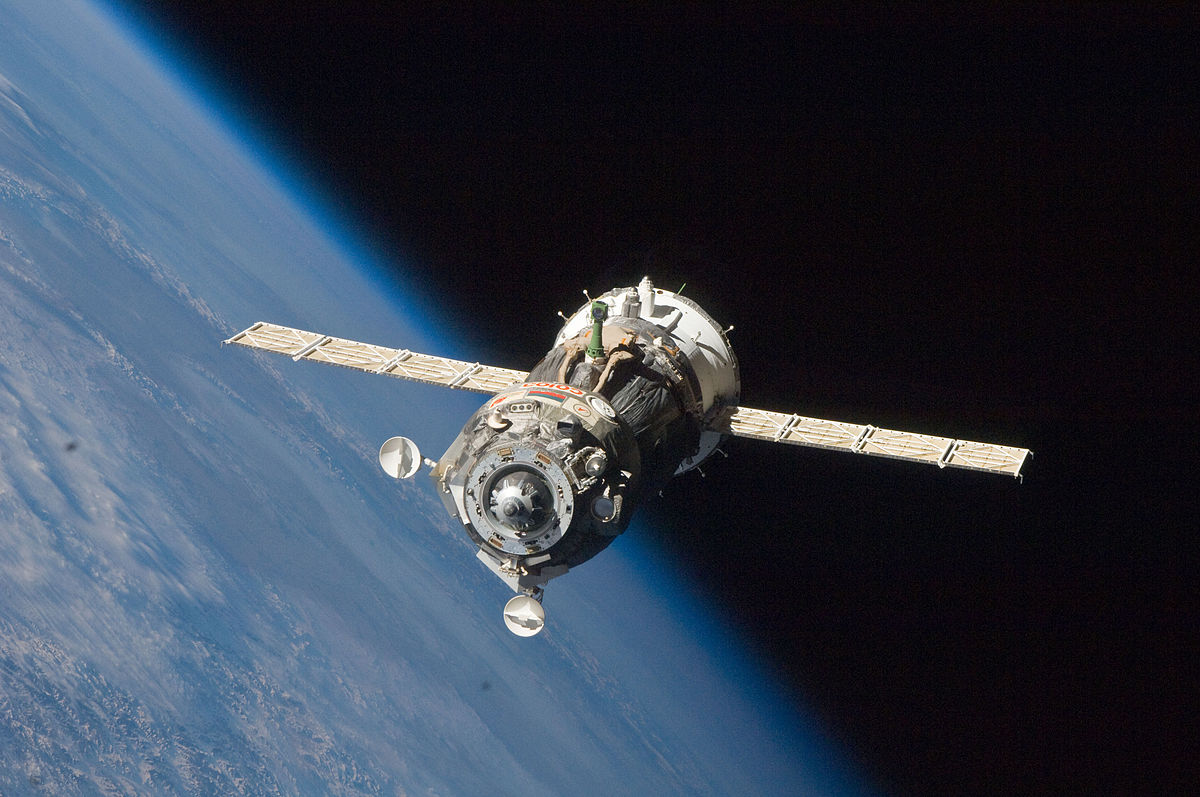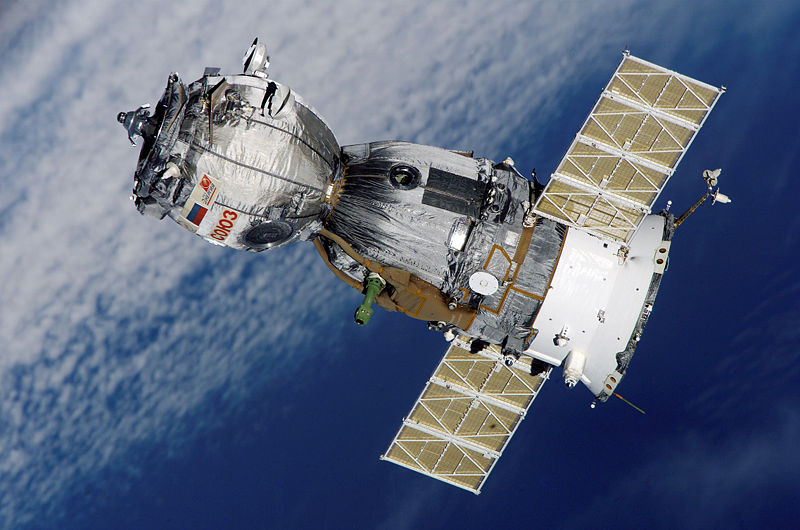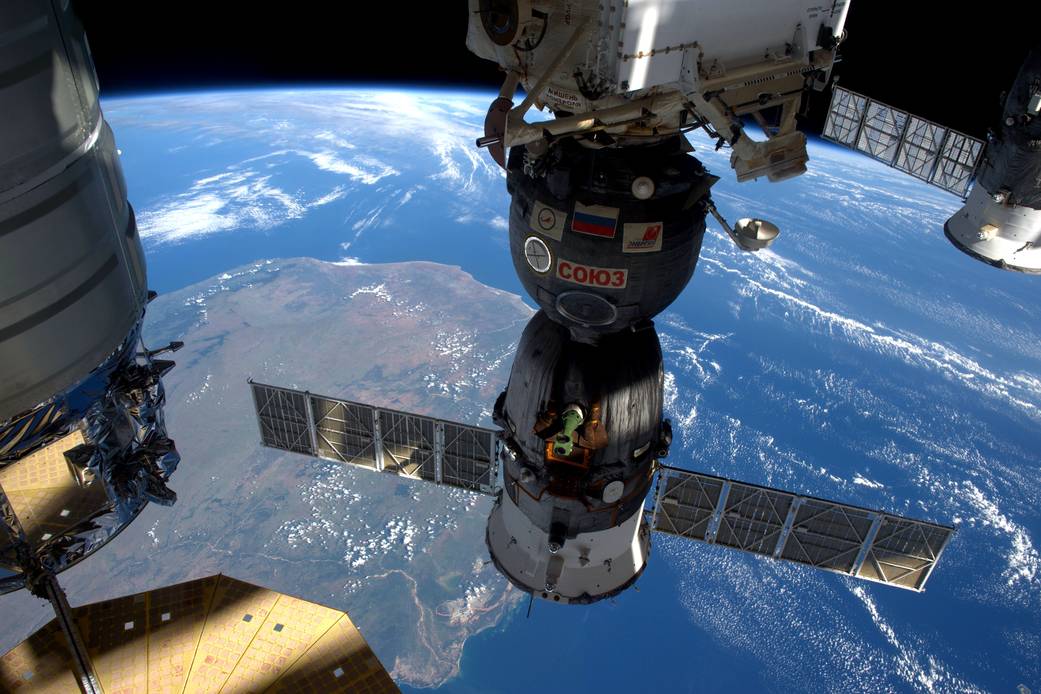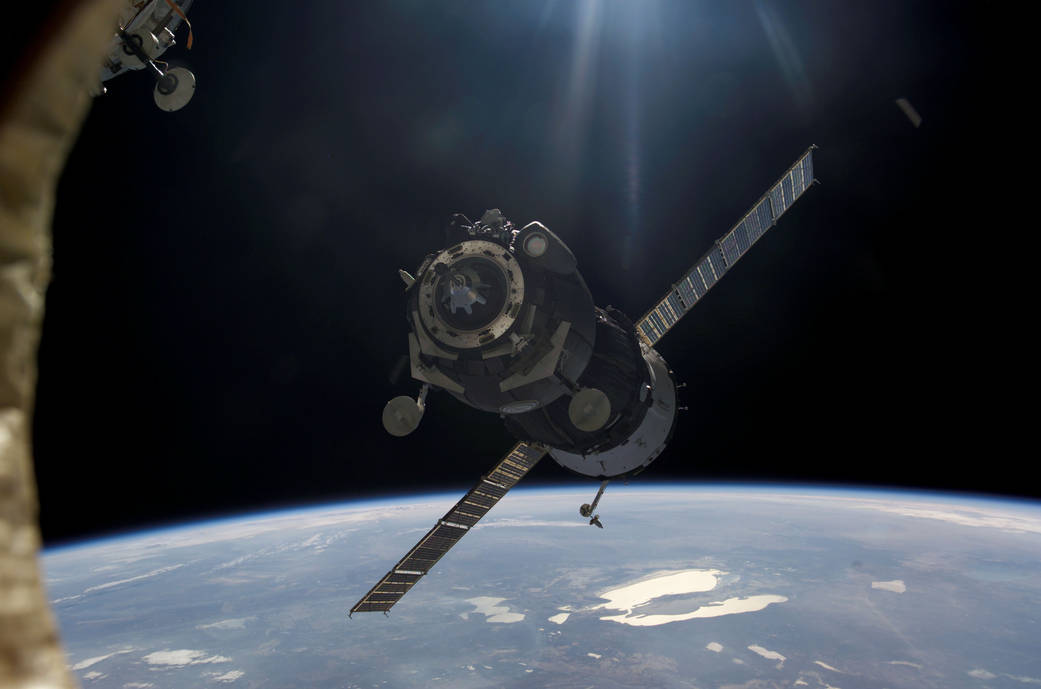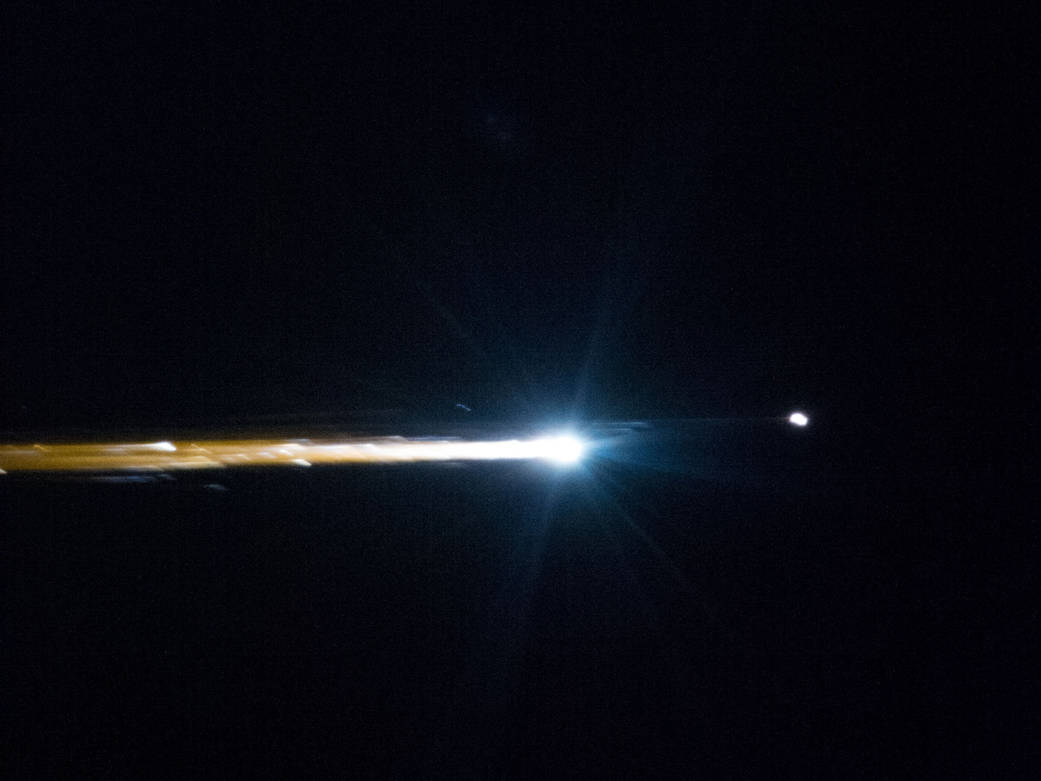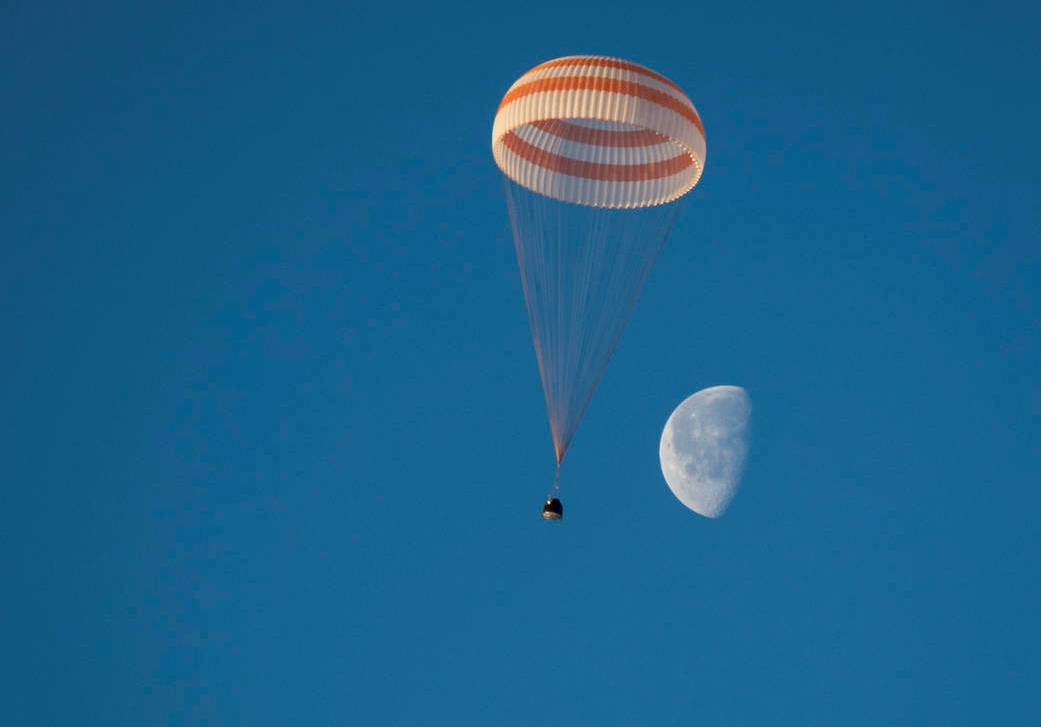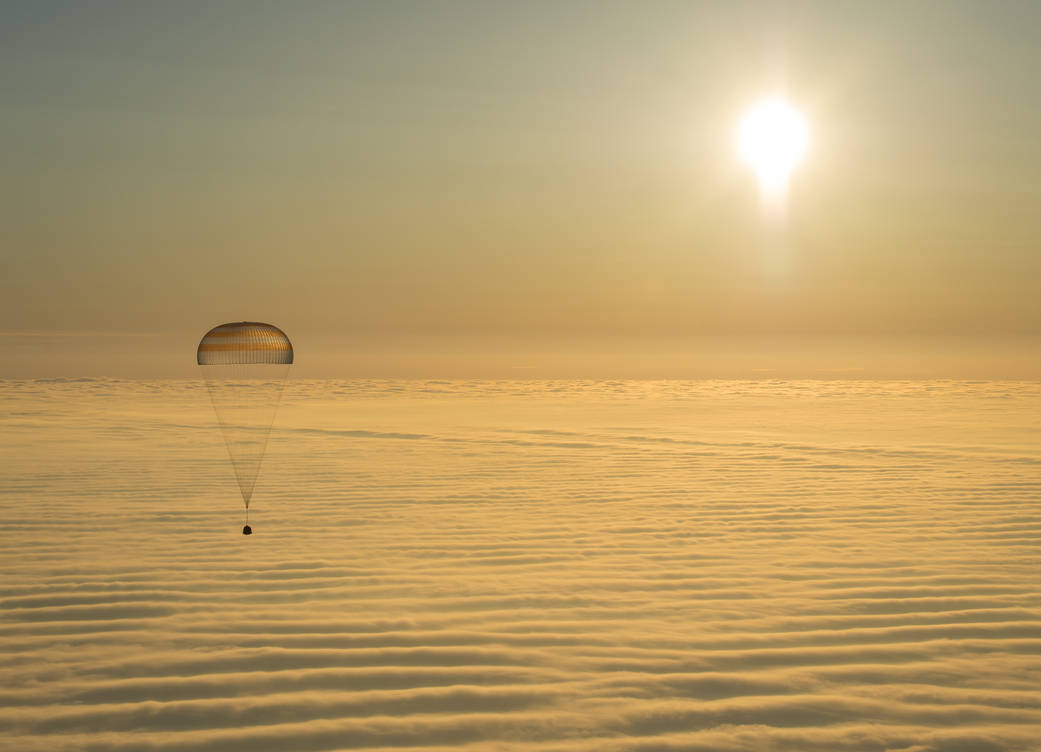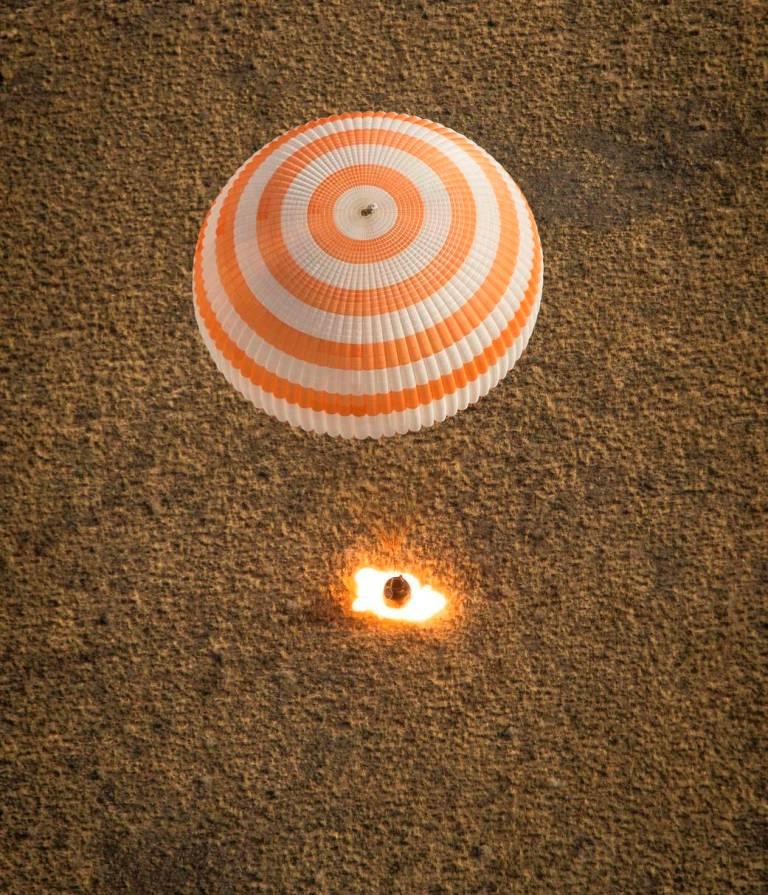Soyuz Spacecraft – Russia’s Reliable Manned Workhorse
Soviet Space Taxi
The Soyuz spacecraft was originally part of the Soviet lunar program, initiated in the 1960’s, that succeeded the Voskhod spacecraft. Designed and built by the renowned Russian aerospace manufacturer RSC Energia. The manned Soyuz spacecraft is launched on the reliable Soyuz rocket from the Baikonur Cosmodrome where it ferries astronauts to the International Space Station (ISS) since the Space Shuttle retirement.
Learn About Soviet Russia’s Manned Soyuz Spacecraft!
The Soyuz program, which was Soviet Russia’s third manned spaceflight program after the Vostok and Voskhod programs, was initiated in the early 1960s as part of the Soviet Union’s lunar program competing with the United States’ Apollo program to land a Man on the Moon.
Originally, the early lunar version of the Soyuz craft would have been launched atop the enormous Soviet N-1 rocket (comparable to NASA’s Saturn V), which never flew successfully. However, with the cancellation of the Soviet lunar program the Soyuz spacecraft would be utilized for low Earth orbit space station missions and be launched by the Russian rocket that bears its name; the Soyuz rocket which is the most reliable and most prolific rocket in manned spaceflight history!
The basic Soyuz design has been the basis for many variants since the early 1960’s as technology improved and alterations were made. However, the general appearance has not changed. Over 50 years on, the Soyuz spacecraft is still in use today ferrying astronauts and cosmonauts to the ISS since the 2011 retirement of the Space Shuttles. However, there are plans for the Soyuz to be superseded by the Federation spacecraft in the early 2020’s.
A Soyuz spacecraft is made up of three main modules;
- A spheroid Orbital Module, which provides accommodation for the crew during their mission (for three crew up to 10 days) and is connected to the re-entry module
- A small ‘gum-drop’ re-entry Descent Module, where a crew of up to three sit during launch and re-entry
- And a Service Module where the solar panels are attached, houses the life support equipment, instruments and engines
The orbital and service modules are jettisoned just before re-entry and are burnt-up in the atmosphere.
When the Soyuz returns to Earth, the main rocket engines are fired while the spacecraft is on the other side of the world from the planned landing site. This is the point in the orbit where the least propellant for re-entry is needed to decelerate.
The descent module, protected by its heat shield, initially decelerates through the atmosphere before releasing a braking parachute, followed by the main parachutes. Quite unique to the Soyuz descent module, just before it hits the ground, small solid-fuel rockets are fired to cushion the landing.
The Soyuz craft is designed to come down on land, typically in the deserts of Kazakhstan not far from the launch site.
Despite the Soyuz reliable record in modern times, it’s first manned spaceflight in April 1967 ended in tragedy when the cosmonaut Vladimir Komarov was killed due to a parachute failure. This was the first in-flight fatality in the history of spaceflight! The Soyuz-11 spaceflight in June 1971 also suffered a tragedy when its crew of three were killed when the cabin depressurized before re-entry; making them the only humans to have died in space (above the Kármán line).
Other variants of the Soyuz include the Progress unmanned cargo spacecraft used for the Salyut and Mir Space Station and to resupply the ISS. Also, you might notice the Chinese Shenzhou spacecraft looks similar in design to the Soyuz spacecraft as it is based off technology sold to the Chinese in the 1980’s for their space program.
